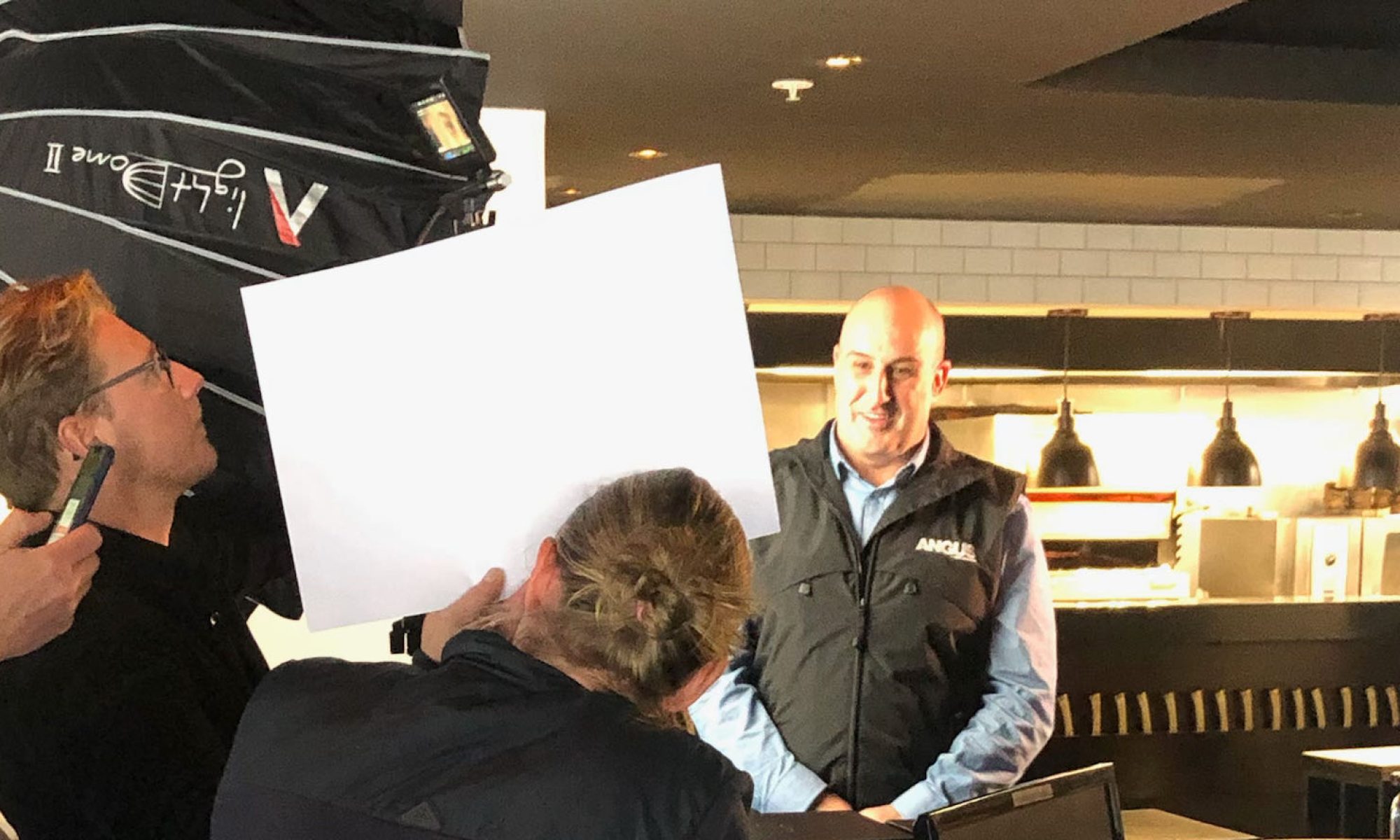20 February 2011 (5 years ago) at just after 1pm was one that shook is all, a major earthquake. Our office building evacuated & we headed for home. That in itself was going to be challenge with a full central city evacuation under way & bridges out. Short Texts came through to tell me my immediate family were alive & safe. My brothers house was hit by rocks I knew & Dad was in it…..but just how bad things were was to later be a bit of a shock.
I had left the Army in 2004 but was in the throes of rejoining the Army Reserve.

A call from the XO of the Battalion (the only one to come through in a jammed cell network) redirected me to Army duty. I parked my car and proceeded from Sydenham to the city centre. In my office attire I walked through liquefaction and what was a scene out of a movie. It was 1.30pm.
I walked past a building lying across a lane of Montreal st, stopped to hug a distraught older woman with half a hair dye and foils in. Distraught from watching a bus get crushed she was walking to Oxford 50km away crying.
I overheard builders discussing how they should secure their high rise site and get home.
My task from the Army was to find the Mayor, provide the NZ Defence emergency cell numbers and to proceed to the Civil Defence bunker on Kilmore st. Later I was to discover my wife’s bravery in getting Caetana from school amongst collapsing cliffs and then helping Dad who was trapped in my brothers house that was destroyed by rocks.
The mayors staff had been evacuated after an aftershock from the new gallery building. I passed on the info to Bob Parker & his Ops Manager, gathered a couple of soldiers who were there looking to help and pushed on to find the civil defence bunker, my next task was to fill in as a situation/operations officer until a regular Infantry officer could get in from Burnham. Little did I know it would take many hours for him to arrive.
My first job back in Army service for 7 years.
The bunker was hard to find in the chaos, I passed through the emergency aid station in Cramner square and through many police check points.
In the bunker I found my old Army boss, Baden Ewart in command. Baden was working in the medical world and was stepping up given that the civil defence staff were in Wellington the day of the quake.
I sat in on the briefing of the current situation and it was apparent that a lot of people were hurt and killed. Early sky TV reports showed the CTV and PGG building collapses and I could hear the fire and police radio traffic spelling out the terrible challenges they faced.
Andrew Howe was the ops officer (an ex army friend and colleague). I was put in an office with the fire liaison officer. All the Army assets were in Timaru in preparation for a large defence exercise and by chance HMNZS Canterbury had docked at Lyttelton minutes prior to the big quake. It was full of armoured and military vehicles and soldiers that would help.

My role was to link between the civil defence command post and the Army command post in Burnham and to support military flights bringing high risk search teams, generators, water treatment units and medical assets into the city. We were coordinating fuel and power for the fire and police services to keep operating and prioritising transport heavy lift and military communications assets.
40 mins into it someone came into the command post and announced that it looked like the Copthorne Hotel might collapse on the bunker. With ongoing large aftershocks hammering the city it was possible although a bit dramatic I thought. Baden said “Langston go out and check that”. So out I went and looked at a 12 story building leaning over and definitely looking like a potential collapse.
My report ” I’m no engineer Baden but it’s not looking flash”. Someone did mention that the bunker was designed to withstand a building collapsing on it but then who would dig us out. WTF?
And so through the shock and chaos a lot of good people worked to make sense of it and to make a difference.
At a little after 7pm I was relieved by an Infantry Captain (he had to park in Riccarton and find the bunker) and walked the 7km around the cordon to my car in Sydenham. A full cordon was in place and with no ID the police made me go the long way through the park and around the 4 avenues. Our office was in the cordon (for 6 weeks) and I arrived at my car covered in mud.
My trip home to Sumner paused at my brothers place where I surveyed the damage, the rocks on his house, the tunnel my dad escaped the 2nd floor from and the boat that had caught fire. Ed was smiling but shaken. My family had tents on the lawn and Dad was quite badly shocked after his experience. We settled into a night of aftershocks, sleeping on the lounger floor and the start of months without water, sewerage or power.

I will always remember that day, just how surreal it all was and the part we all played in a difficult situation and uncertain environment.
It was a fitting baptism back into our Army and Months later I received an unexpected letter of commendation from the Brigade commander thanking me for my work that day. Many people did what needed to be done and I was proud to play a small part for the NZ Army.
I never did get around to claiming that first day of army pay (it didn’t seem right) but it was worth it for the adventure & I’ll chalk it up as a donation!
……. And so we remember.
Some of my pictures of that day are attached. We were one of the lucky families that all survived although we were all affected by those who did not.



